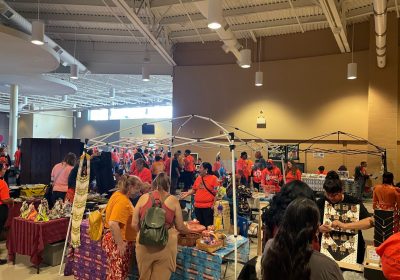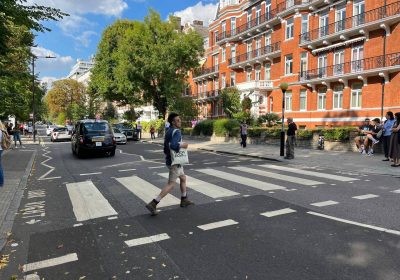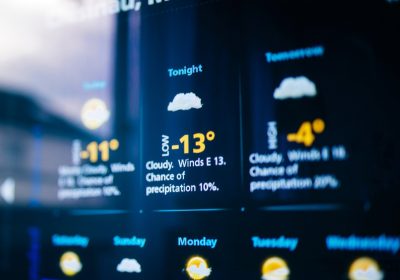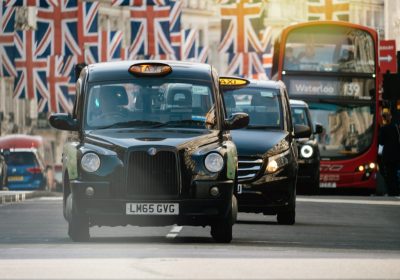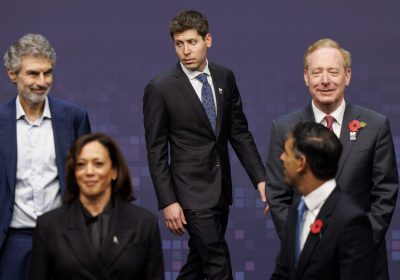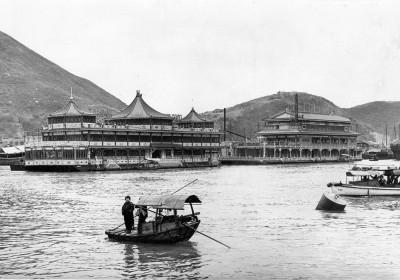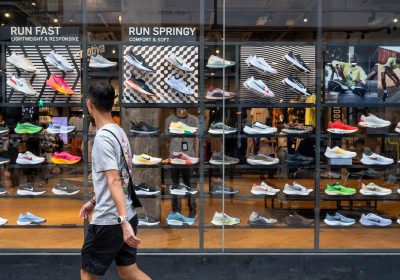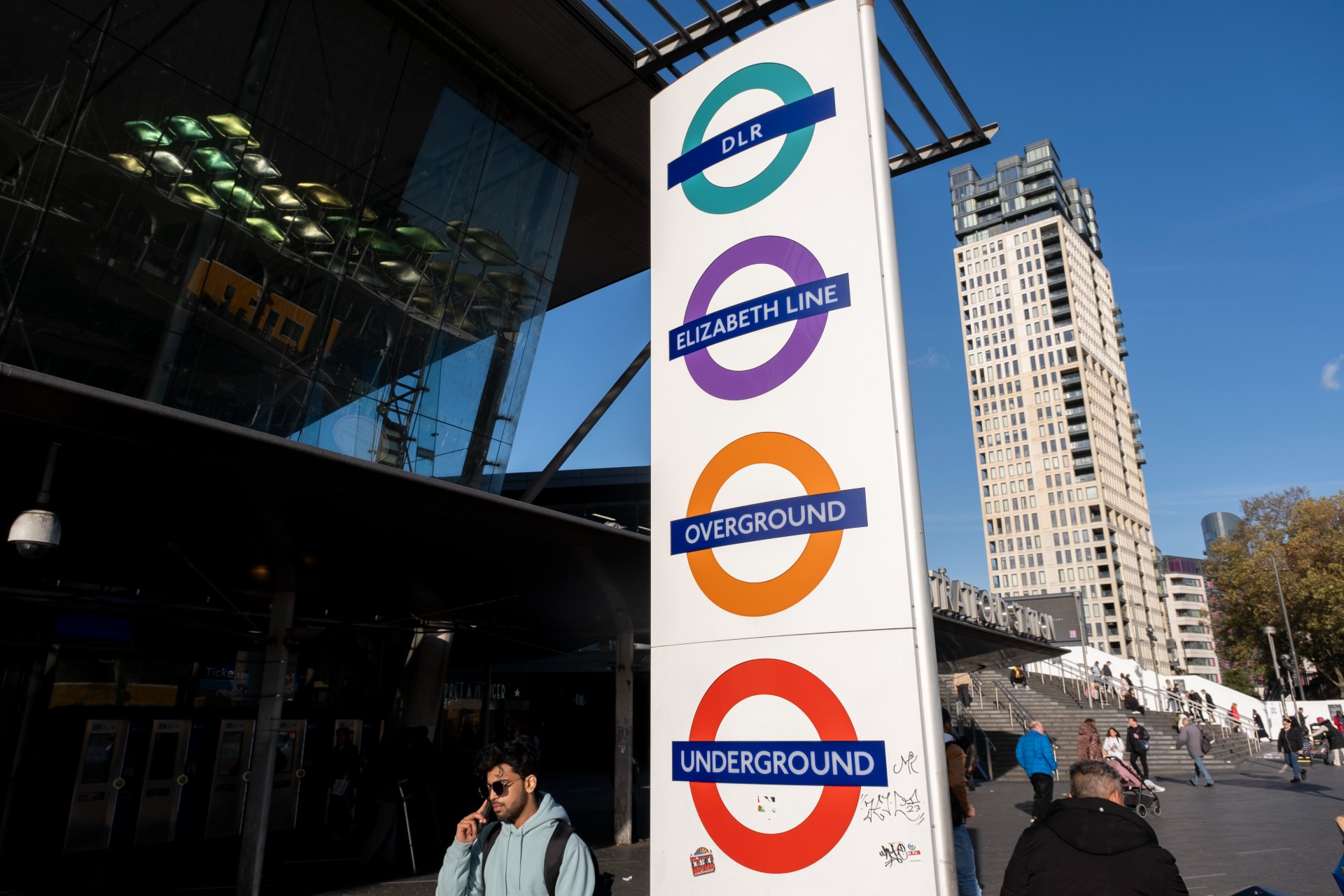
This is the last part of my series of articles on the musical qualities of the London Underground. Attentive readers might be puzzled by the publication of this article, given that I have explored all eleven London tube lines already. However, a number of other lines are also incorporated on the London tube map, and it would be fitting to recognise their unique characteristics as well.
London Overground
As its name implies, the major difference between the London Overground and the London Underground is that the former mostly operates above ground. It is essentially a suburban rail network that serves all four corners of the British capital and beyond, from Richmond in the southwest, to West Croydon in the southeast, and even to Watford Junction and Cheshunt in Hertfordshire to the north of London. It also has branches reaching locations such as Romford, Barking Riverside, Crystal Palace and Clapham Junction, giving the impression that the London Overground was like a spider, with eight legs and spreading towards different directions.
Within the classical music repertoire, there is a selection of pieces inspired by the spider, but the one that most appropriately captures the essence of the London Overground is undoubtedly Spiders by the American composer Ned Rorem. In this work for solo harpsichord, Rorem masterfully captures how this type of arthropod runs everywhere and acts as a nuisance to modern societies. And just like the annoying nature of the spider, the London Overground often operates with severe delays and has some of the dirtiest carriages I have seen in the Transport for London network. Don’t be surprised if you actually see spiders or insects onboard one of its trains!
Docklands Light Railway
The Docklands Light Railway, or more commonly known by its abbreviation DLR, is a driverless light rail network that primarily serves east and southeast London, including the redeveloped London Docklands area. Although its operations are almost entirely automated, this train system is highly reliable and punctual. Moreover, its airy interiors, quick and effective carriages as well as clever track design have all made me wonder if this should be the blueprint for the future of British railways.
In recent years, artificial intelligence has played an increasingly fascinating role in classical music. One prime example features a collaboration between musicologists, music scientists and machine learning experts in completing the last two movements of Ludwig van Beethoven’s Tenth Symphony from the sketches that the legendary German composer had left behind, known as the ‘Beethoven X: The AI Project’; the end product was even recorded by the world-renowned Beethoven Orchestra Bonn! While some quarters of society did not receive this enterprise warmly, I found the reconstruction of this hypothetical symphony to be highly innovative and triumphant. One could truly hear Beethoven’s voice and recognise his unique style in this composition, whilst pondering what might have been had the deaf composer lived beyond 1827. This amalgamation of human efforts and technologies is reminiscent of the DLR, illustrating how collaborative intelligence can help to advance social development and creativity and why we should not always receive AI with skepticism.
Elizabeth Line
The Elizabeth Line was the newest addition to the London tube map and was named after Her Late Majesty Queen Elizabeth II, who officially opened the line during her Platinum Jubilee year in 2022. All of its trains (known as British Rail Class 345 Aventra), many of its platforms and some of its stations were newly built. It is a highly modernised, efficient and technologically advanced rail network that showcases the very best of twenty-first century engineering. The Elizabeth Line not only serves Greater London but also extends into Berkshire, Buckinghamshire and Essex, while also cutting substantial journey times for commuters travelling across the busiest stretch of underground in central London.
The elegance, sophistication and majesty of the Elizabeth Line, as well as its connections to Britain’s longest-reigning monarch, always reminds me of George Frideric Handel’s famous coronation anthem Zadok the Priest. Ever since it was composed for the coronation of George II in 1727, this piece was sung at the coronation of every British monarch, including that of Elizabeth II’s in 1953, and it is now widely recognised as one of the most prominent patriotic anthems in the United Kingdom.
I appreciate that in this series of articles, I have painted a largely grim picture of the London Underground, with its trains being dirty, slow, noisy and unreliable. But this, of course, is open to interpretation, and I am certain that some readers are more appreciative of this mass rapid transit system. Everything that I have written was based upon my own experience and I remain hopeful that, one day, I would be pleasantly surprised by the efficiency, cleanliness and comfort on the London Tube.
In fact, perhaps change is already underway. Just a couple of weeks ago, I heard a shocking announcement on the Metropolitan Line that brought a chuckle to the faces of everyone around me:
I am very sorry to say that this train is actually running on time and on schedule. Please accept my apologies for the inconvenience caused.
Let’s just hope that such inconvenience will soon become a common feature on the London Underground.


